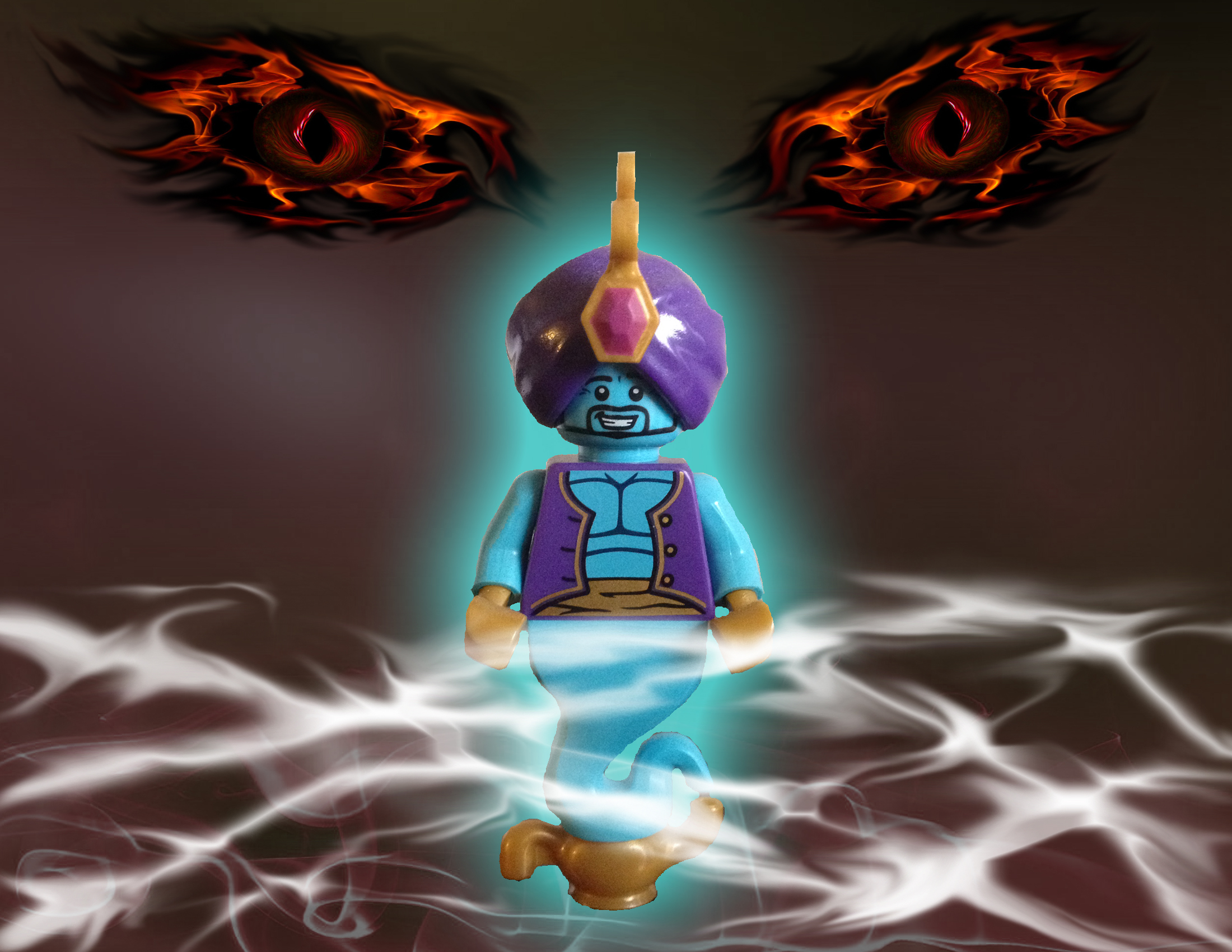
The Djinn are magnificent and even intimidating beings.Ī Master of Djinn is available from Macmillian. Social disparities, sexism, antiblackness, and colorism are confronted. People who still worship the Egyptian deities are considered heretics. The pyramids and pharaohs are part of the people’s history, the Nile River part of their environment. This version of Egypt comes without the archaeologist’s fantasy and exotification. Hadia, a rookie in the Ministry, is assigned as Fatma’s new partner.Ĭlark’s worldbuilding amazes me. Assigned to this puzzling case, Fatma navigates the social dynamics of Cairo’s citizens and visitors while dealing with personal matters.

A rumor that al-Jahiz, the one who brought magic back into the world decades ago, has returned spreads through the corners of the city. Taking place in a steampunk 1900s Egypt, the story follows investigator Fatma el-Sha’arawi as she tackles a case that becomes more complicated than expected.Ī Master of Djinn begins with a masked man murdering the members of a secret brotherhood. A Master of Djinn demonstrates the prowess of his craft. If this is your first time hearing about him, now is the time to catch up.

From his well-nuanced portrayal of relationships between Black women and women of color to his vivid worldbuilding and attention to detail, Clark’s storytelling is more than remarkable. Djèlí Clark’s work for the past several years and he has yet to fail to impress me.


Fatma, an investigator from the Egyptian Ministry of Alchemy, Enchantments and Supernatural Entities, sets off to solve a case that could endanger the world. Djèlí Clark shows a non-romanticized steampunk Egypt (the early 1900s) and features complex female characters and relationships. Djèlí Clark (Book cover) A Master of Djinn by P.


 0 kommentar(er)
0 kommentar(er)
